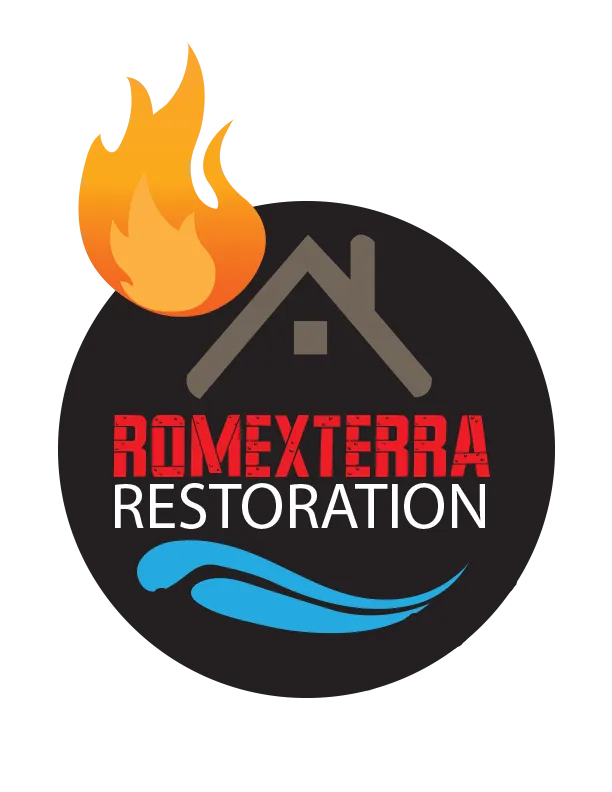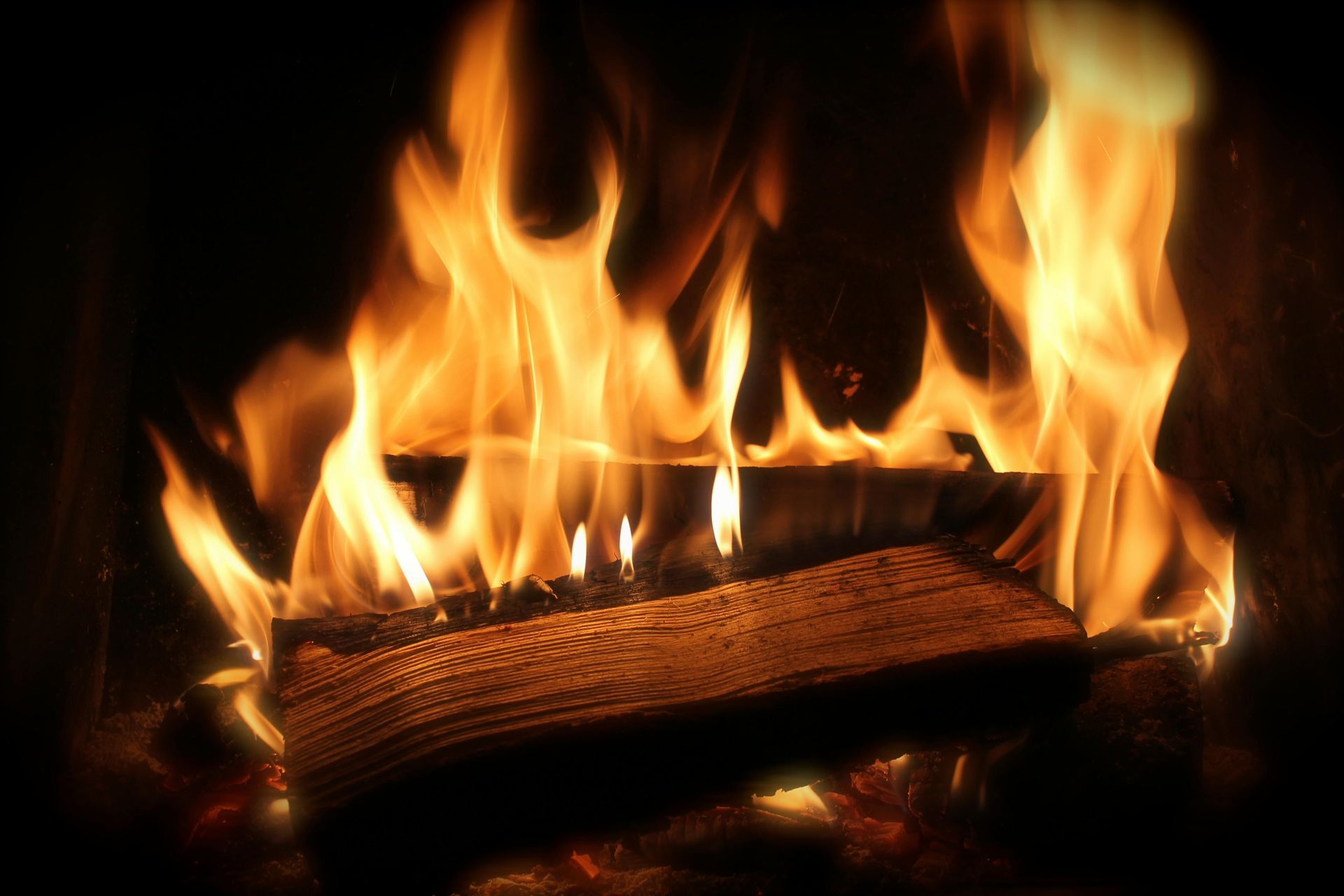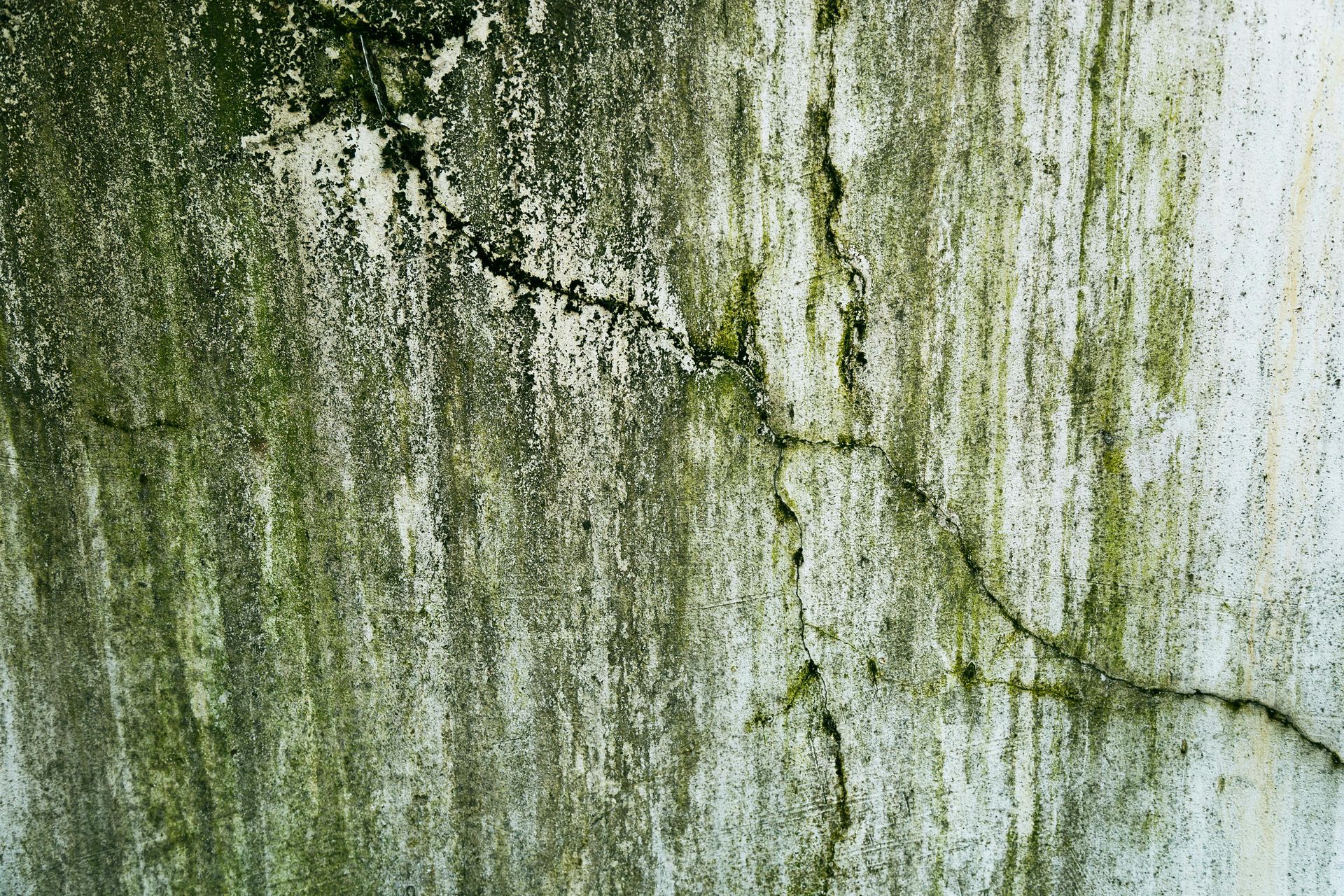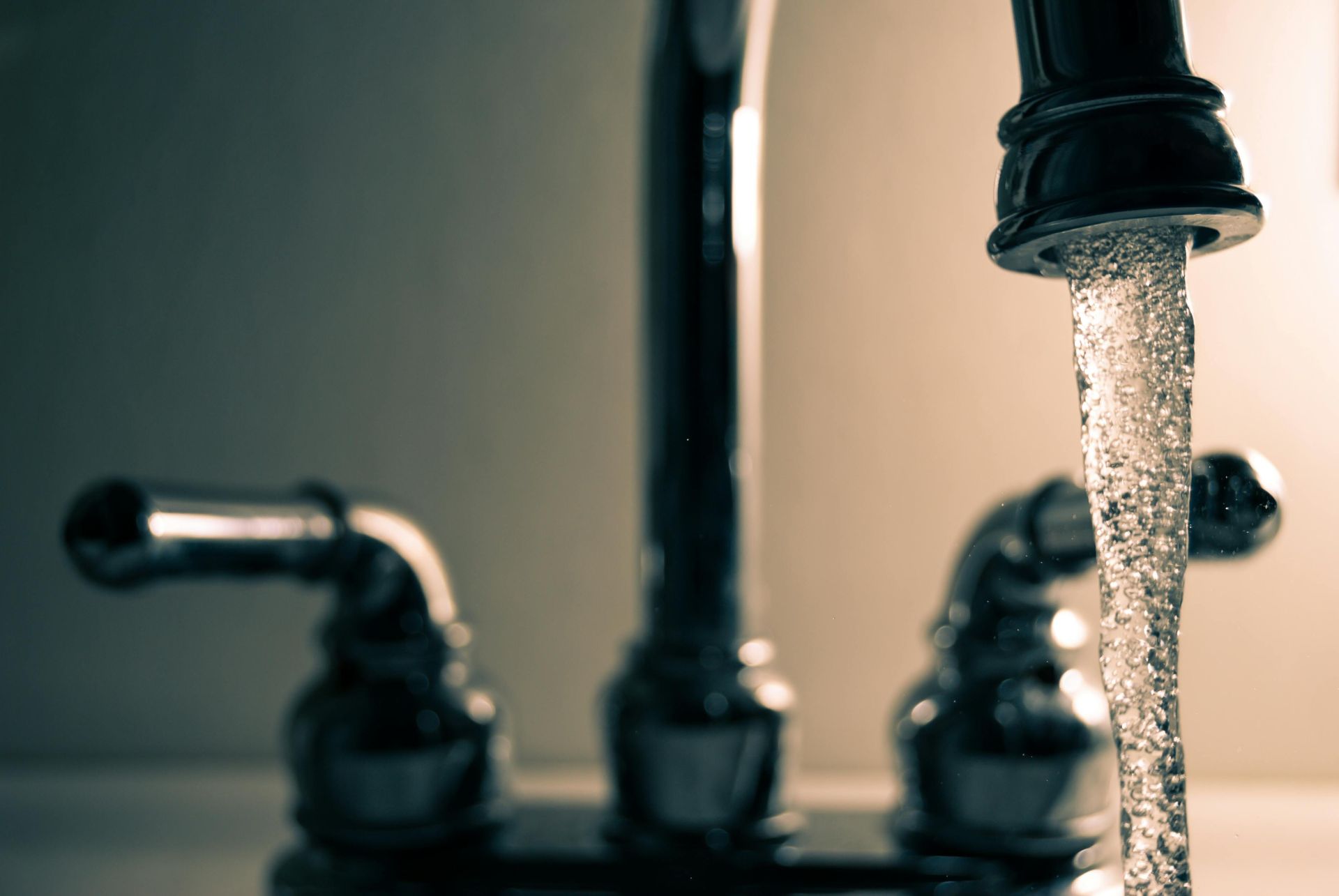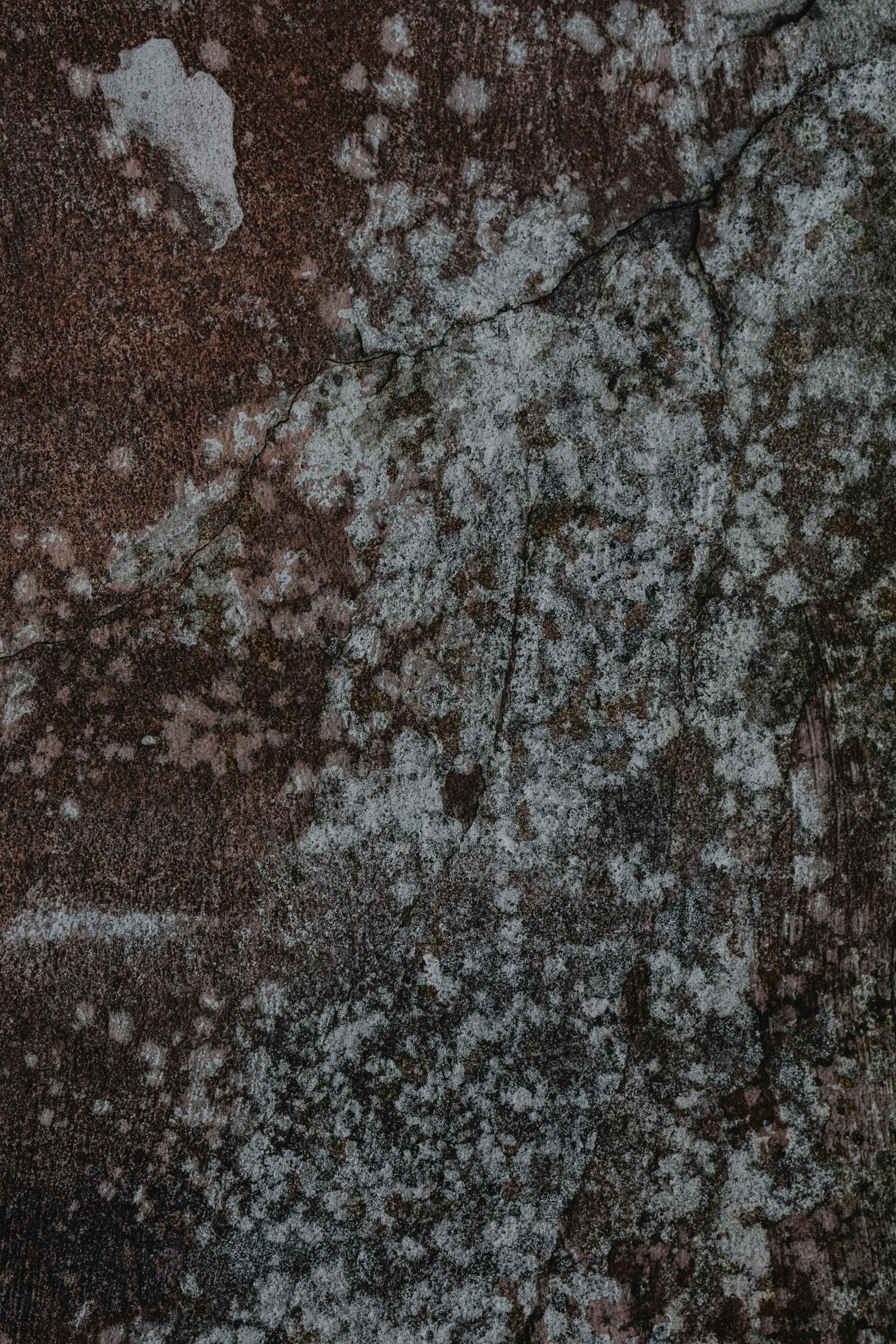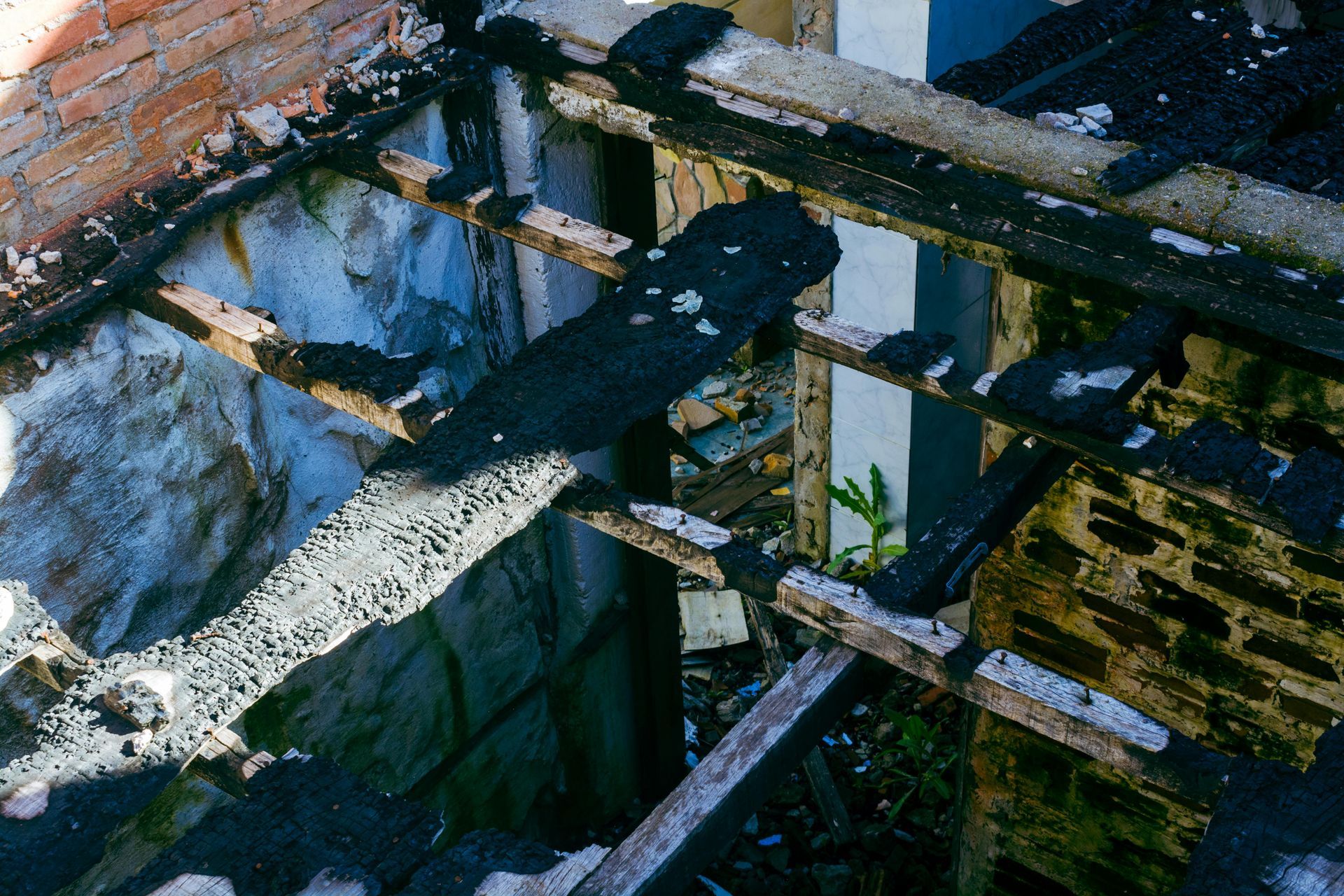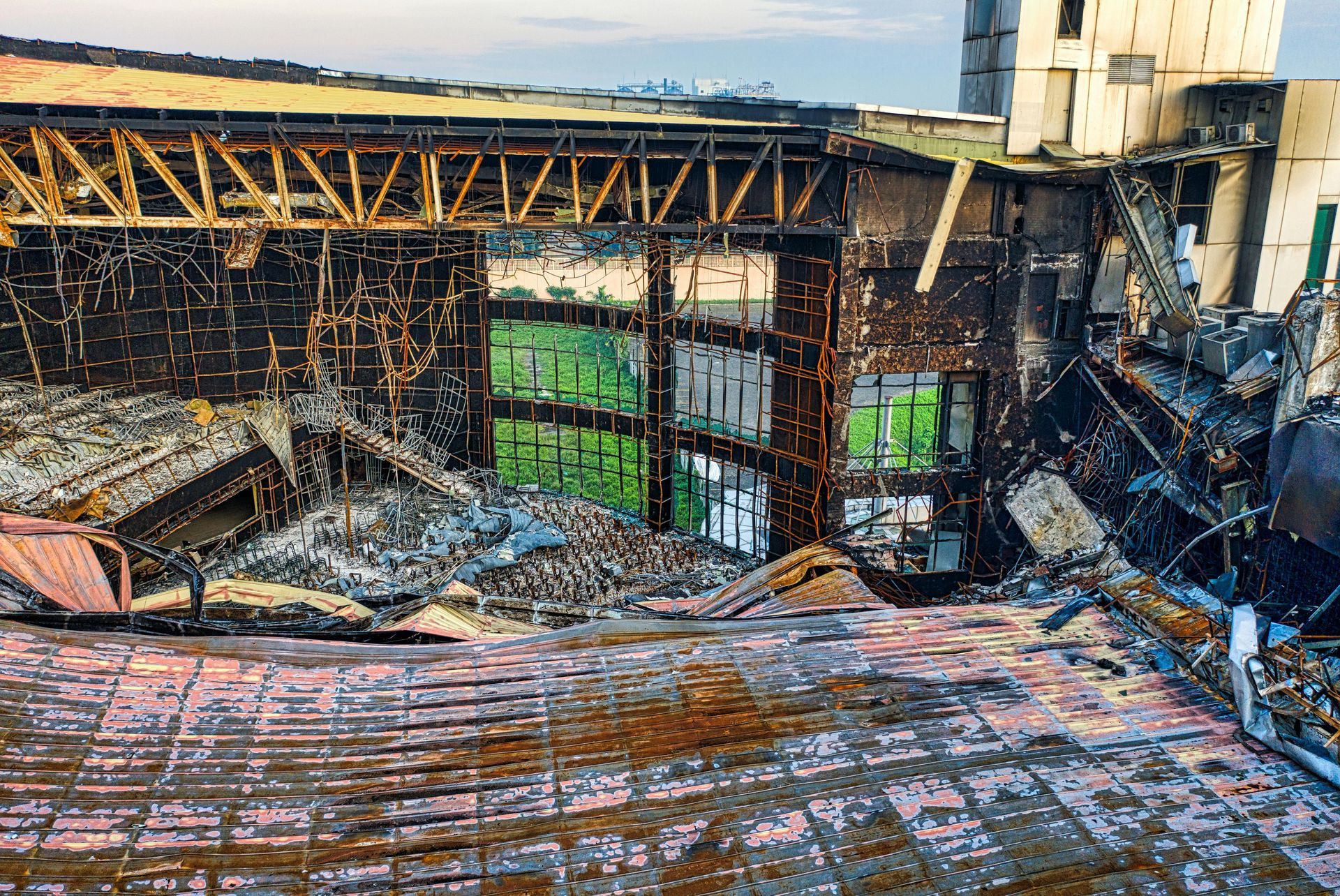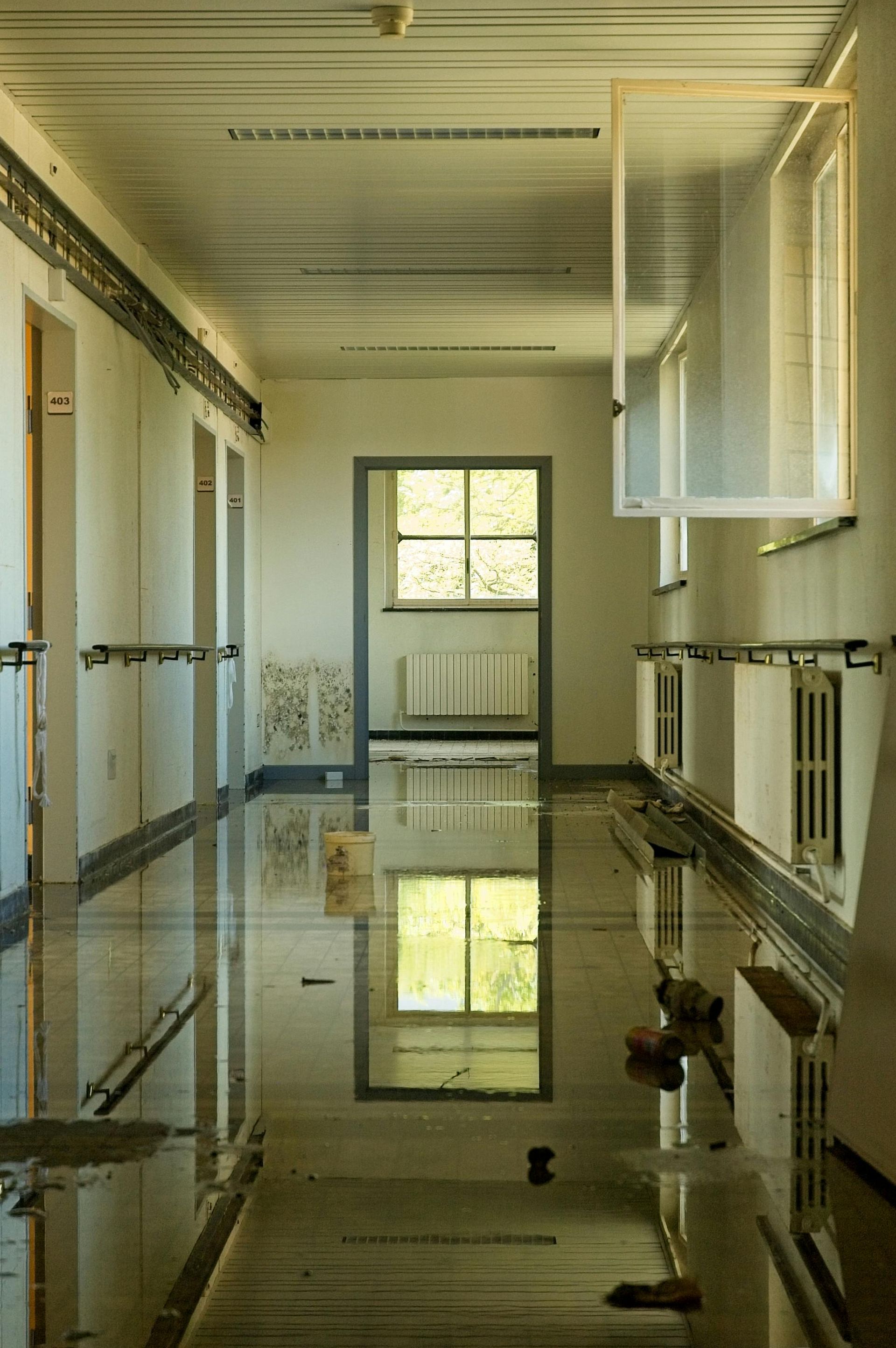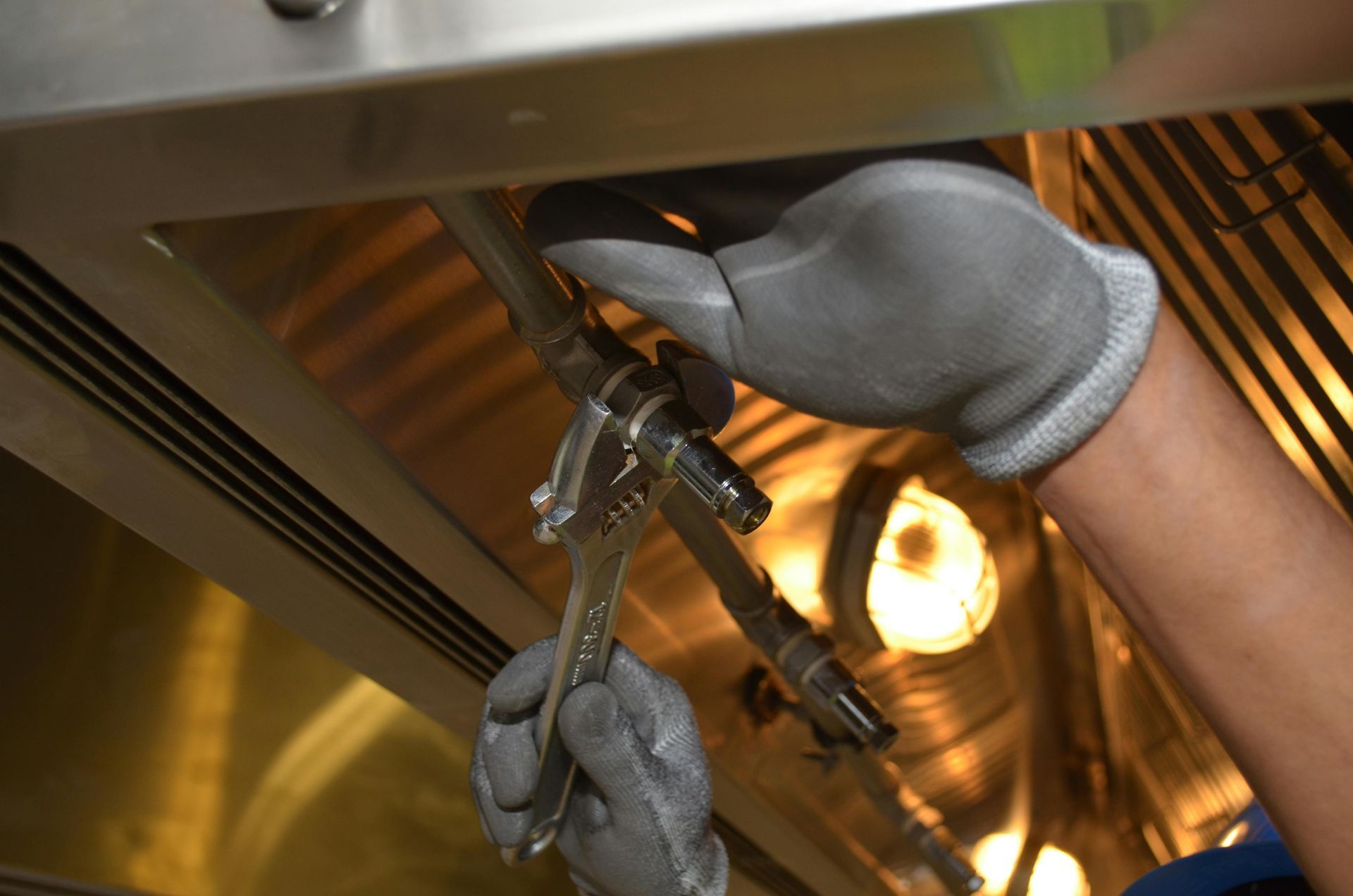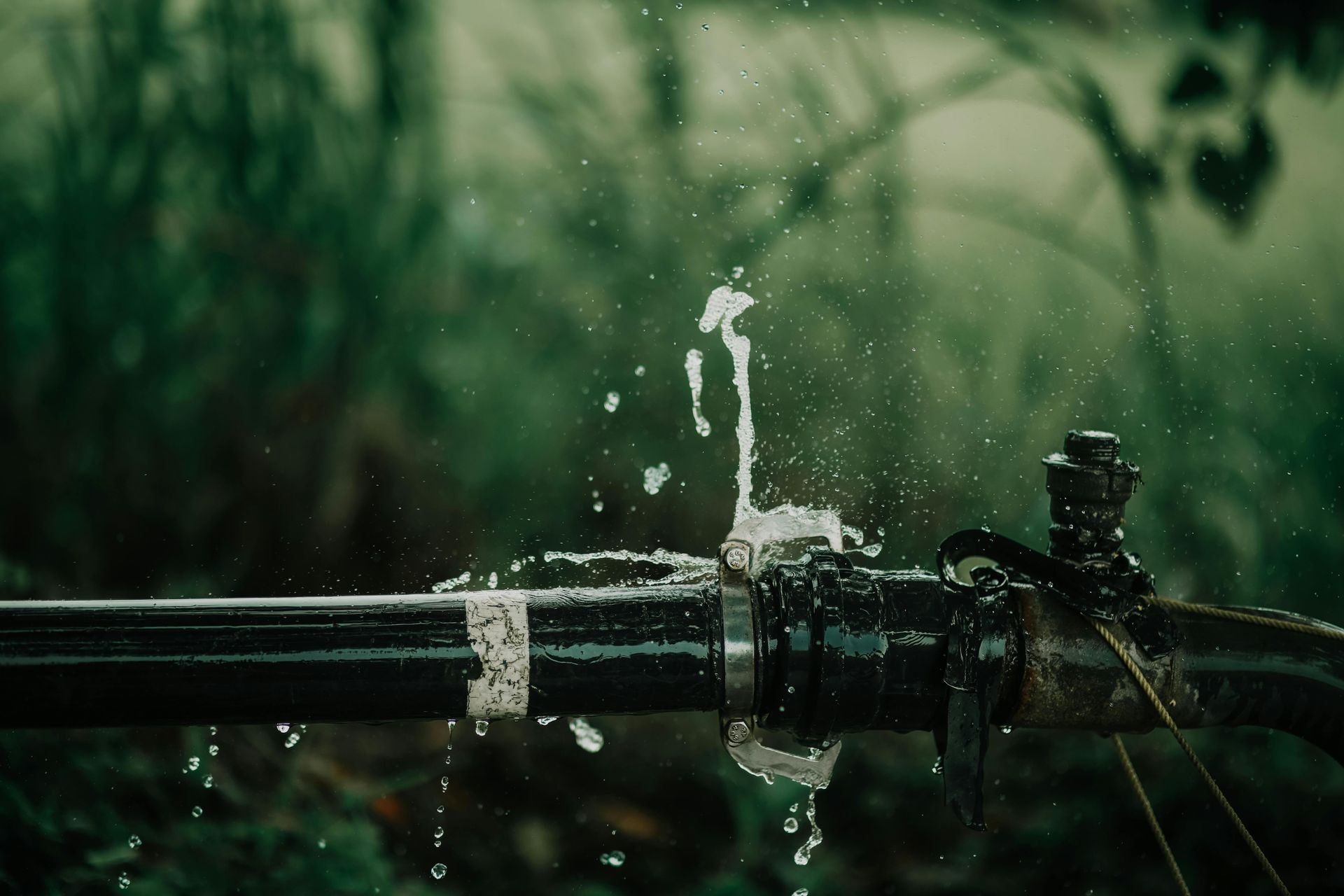Ultimate Guide: Understanding the Different Types of Fire Damage
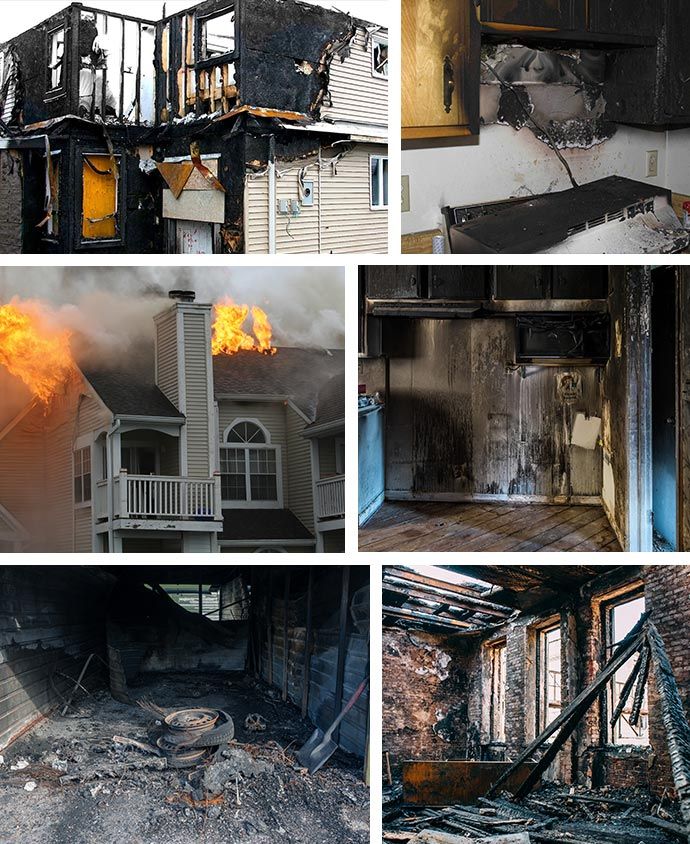
Every year, thousands of properties across the United States are affected by fire incidents, leading to significant emotional and financial impact. Understanding the different types of fire damage is crucial, not just for homeowners but also for insurance adjusters and restoration professionals. With this knowledge, homeowners can better protect their property, insurance adjusters can assess damage more accurately, and restoration professionals can apply the most effective restoration methods. In this article, we'll be diving into the various types of fire damage, discussing everything from minor smoke damage to extensive structural harm.
The Key Types of Fire Damage
When it comes to fire damage, it's important to note that not all incidents are alike. The level of damage from classes of fire can vary significantly depending on several factors, such as the source of the fire, the type of materials involved, and the duration of the fire. Let's look at some types of fire damage:
Structural Damage
One of the most significant impacts of a fire is structural damage. Fires can severely affect building materials like wood, steel, and concrete. Signs of structural damage can range from charred frames and weakened walls to compromised foundations. It's important to understand that even if the damage seems minor, the structural integrity of the building could be at risk.
Smoke and Soot Damage
Smoke and soot damage is another critical aspect we encounter. Different types of smoke damage exist, including wet smoke, dry smoke, protein residue, and fuel oil soot, each with unique characteristics and cleanup needs. Smoke and soot are not only damaging to property but can also pose significant health hazards. That's why proper cleaning and restoration are so vital.
Water and Mold Damage
The firefighting efforts can often lead to water damage, which in turn can result in mold growth if not promptly addressed. Mold not only damages property but also has potential health risks. Thus, it's important to understand methods for mold prevention and remediation.
Electrical Damage
In fire situations, we often find that electrical systems are not spared. Fires can severely impact wiring, outlets, and appliances, making it risky to use the electrical system without a thorough inspection by certified electricians. Safety always comes first in these situations.
Chemical Damage
Fires can lead to chemical damage, especially when materials that combust or are exposed to heat are present. These chemical residues can pose hazards and require specialized cleaning and disposal methods. After all, dealing with such residues is not something to be taken lightly.
How is Fire Damage Assessed?
Assessing the extent of fire damage is a complex process and often requires professional expertise. We first conduct a comprehensive walkthrough of the property, observing and documenting the visible and hidden damage. With the use of cutting-edge technology like thermal imaging cameras and moisture meters, we can detect heat, smoke, and water damage that might not be visible to the naked eye. These tools allow us to interpret the severity of the damage more accurately, enabling us to develop a tailored restoration plan.
Fire Damage Restoration Process
Fire damage cleanup and restoration is a multi-step process that demands meticulous attention to detail. We begin with an initial cleanup, which includes removing soot, smoke, and water. This stage may also involve demolishing and removing severely damaged structures. Once the property is cleaned up, we begin the repair and restoration phase. This involves restoring structures, repainting, replacing flooring, and repairing electrical systems. The goal is to bring the property back to its pre-fire state, ensuring it's safe and comfortable for the occupants.
Can Fire Damage Be Prevented?
While it's impossible to completely eliminate the risk of fire, there are measures we can take to significantly reduce the potential for fire damage. Regular maintenance of electrical systems and appliances is crucial. Smoke detectors and fire alarms should be installed and tested regularly to ensure they're in working order. It's equally important to have a fire safety plan, which includes knowing the fastest exit routes from every room, where to meet outside the house, and how to contact the local fire department. These preventive measures can greatly enhance safety and minimize the impact should a fire occur.
Next Steps After Fire Damage: Moving Forward
At
Romexterra Restoration, we understand how overwhelming the aftermath of a fire can be. Dealing with fire damage is a daunting task that requires expertise and a swift, meticulous response. That's where we come in. Our professionals are equipped with the skill, experience, and cutting-edge technology to restore your property and help you find your footing again. We're not just restoration experts; we're your allies in getting your life back to normal. Reach out to us today to learn more about how we can assist in your restoration journey. Remember, you don't have to face this alone — We are here for you!
